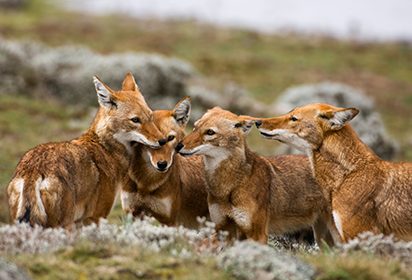Written by Bradt Travel Guides
Ethiopia isn’t necessarily always thought of as a wildlife destination, but its unique fauna is among some of its many great treasures. The country is home to several endemic species that could be classified as, for want of a better word, oddballs – ranging from the elusive Ethiopian wolf to no fewer than 16 different bird species.
Ethiopian wolf
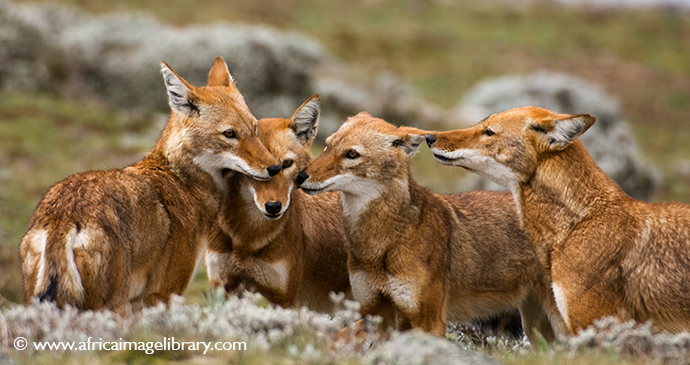
The one predator that every wildlife enthusiast will want to see in Ethiopia is the Ethiopian wolf (Canis simensis), the rarest of the world’s 37 canid species, and listed as Critically Endangered on the 2000 IUCN Red List. Standing about 60cm high, it is significantly larger than any jackal, and has a long muzzle similar to that of a coyote. As recently as the mid 19th century, it was widespread and common in the Ethiopian Highlands, but numbers have dwindled in recent years meaning that it is now practically confined to high-altitude moorland in national parks and on other high mountains. Its main stronghold is Bale National Park, where there’s an estimated 250–300 adults, and another 50-odd Ethiopian wolves inhabit the recently gazetted Arsi Mountains National Park to the immediate east of Bale.
Gelada monkey
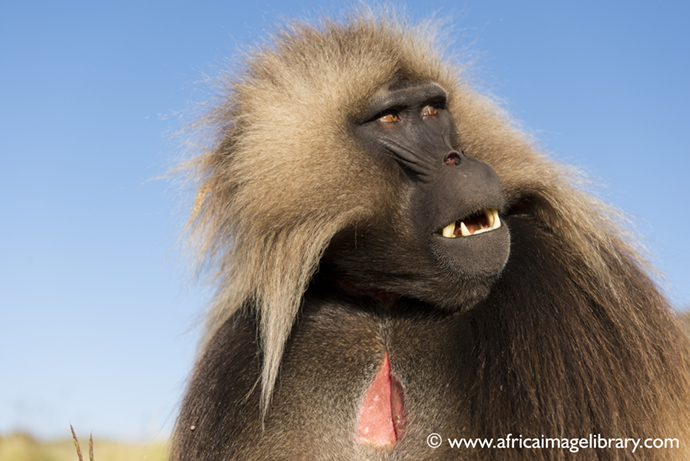
The striking and unmistakable gelada monkey (Thercopithecus gelada) is the most common of Ethiopia’s endemic large mammals, with a total population estimated at 250,000. The male gelada is a spectacularly handsome and distinctive beast, possessed of an imposing golden mane and heart-shaped red chest patch. This patch is thought to serve the same purpose as the colourful buttocks or testicles found on those African monkeys that don’t spend most of their lives sitting on their bums! It is very common in the Simien Mountains, its main stronghold, where the population is estimated at 4,500-plus, and many troops are so habituated you can walk up to within a metre of foraging individuals.
Mountain nyala
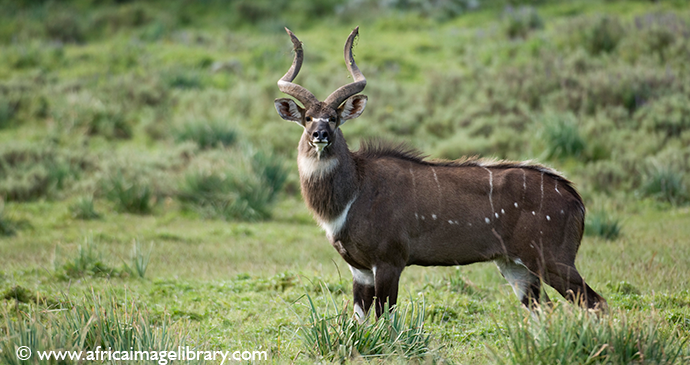
Ethiopia’s one fully endemic antelope species is the mountain nyala (Tragelaphus buxtoni) – not, as its name might suggest, a particularly close relative of the nyala of southern Africa, but more probably evolved from a race of greater kudu. The mountain nyala is similar in size and shape to the greater kudu but it has smaller (though by no means insignificant) horns with only one twist as opposed to the greater kudu’s two or three. The shaggy coat of the mountain nyala is brownish rather than plain grey, and the striping is indistinct. The main protected population is found in the north of Bale National Park, around Dinsho and Mount Gaysay, although the species is IUCN red-listed as Endangered.
Walia ibex
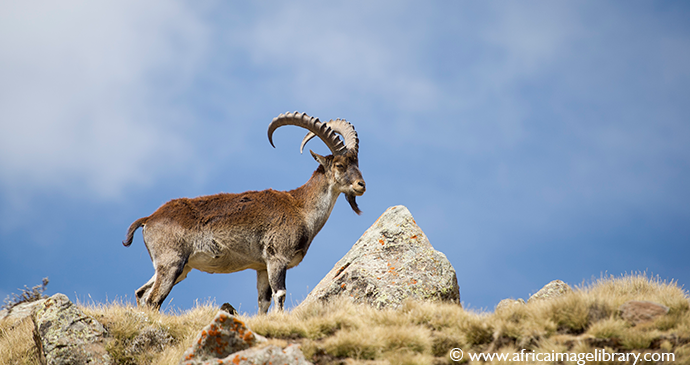
Ethiopia’s rarest endemic is the Walia ibex, formerly widespread in the mountains of the north but now restricted to the Simien Mountains, where it is uncommon but quite often seen by hikers. The Walia ibex is a type of goat that lives on narrow mountain ledges, and can easily be recognised by the large decurved horns of adults of both sexes. By the 19th century, the Walia ibex’s range was restricted to the Simiens, but the population is thought to have numbered several thousand before the Italian occupation. By 1963, it had dropped to below 200, largely as a result of hunting. The population is currently thought to exceed 1,000, thanks to stringent enforcement of the ban on hunting, and sightings are increasingly common.
Birds
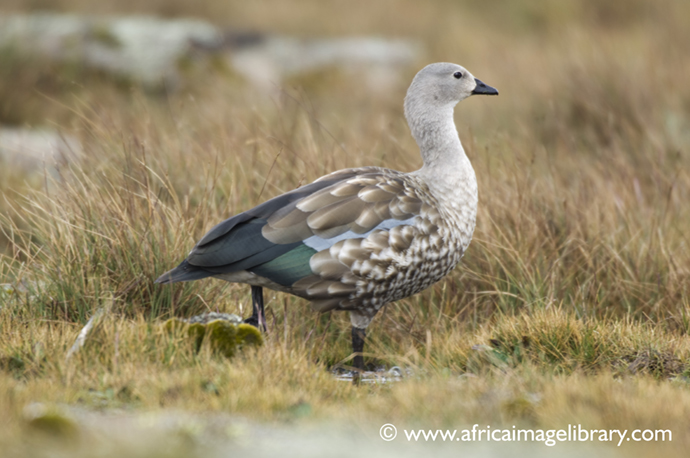
For any dedicated birdwatcher planning a once-in-a-lifetime trip to Ethiopia, particularly those with experience of birding elsewhere in Africa, a primary goal will be to identify those species whose range is actually – or practically – confined to Ethiopia. The country’s ‘must-see’ birds fall into several categories, the most important of which are the true endemics, species not known to occur outside of Ethiopia. The taxonomic status of some such birds awaits clarification, and new species have been discovered with remarkable regularity in recent decades, making it impossible to say precisely how many birds fall into this category. The most conservative estimate is 16 species, but the spate of recent (and in some cases controversial) splits of what were formerly considered races into full species might boost that figure closer to 25. Among those species confirmed as endemic to Ethiopia are the blue-winged goose, spot-breasted plover, Erlanger’s lark, Abyssinian longclaw, black-headed siskin and Salvadori’s serin.
Discover more about Ethiopia’s wildlife with our comprehensive guide:
